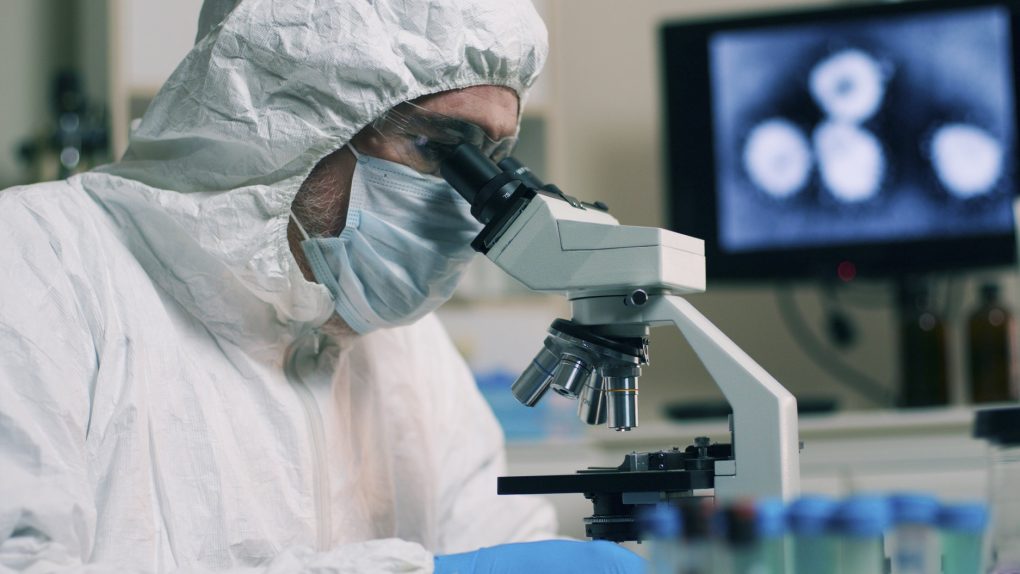As many as 650 million people 18 and older were obese as of 2016, out of nearly 2 billion people who were overweight worldwide. Obesity is a serious problem and a significant risk factor for diabetes and cardiovascular diseases, including heart issues and strokes. The pandemic also revealed a correlation between weight and COVID-19 severity, finding that overweight and obese patients are more likely to experience complications. Researchers are studying various ways to treat obesity, with some drugs already showing great promise. New research has identified another approach to treating obesity. Scientists have discovered that a series of genes controlling the Hippo signaling pathway might play a direct role in weight gain.
Studying flies to treat humans
Researchers from Cambridge University have studied fruit flies to determine whether genetics play a role in how the body handles and stores weight. The fruit fly provides scientists with an easy way to study genes related to medical conditions like obesity. The experiments are cheaper and faster than using animals for the same purpose, Phys.org notes.
Scientists can screen various genes simultaneously while conducting experiments. The flies behave like humans do when it comes to weight and health. They will gain weight and develop heart problems when eating high-fat or high-sugar diets. The genes that handle weight in fruit flies have corresponding genes in humans. That’s where the Hippo pathway comes in.
The Cambridge researchers first searched for obesity genes in humans, finding small genetic changes in two gene copies in individuals suffering from early-onset severe obesity. They used a technique called RNA interference (RNAi) to reduce the activity of each of these genes to see the effect on levels of triacylglyceride. This is the major fat storage molecule in flies.
The Hippo genes and obesity
They found that triacylglyceride levels increased significantly when reducing the activity of four genes including one called dachsous. This gene is part of the Hippo signaling pathway in the brain. It’s the first time a study associates it with human obesity.
The authors found that reducing links in the pathway also dramatically altered triacylglyceride levels. The fat increased significantly when the reduced gene activity was confined to neurons, signaling that the central nervous system controlled fat deposits.
The researchers also linked obesity in humans to two rare variants of genes encoding two other Hippo pathway members in humans, FAT4 and TAOK2.
Turning the Hippo genes on or boosting them with drugs might have the opposite effect. They might reduce fat deposits, which could reduce the risk of developing obesity.
“Studies of obese individuals have the potential to identify genes that, when mutated, might lead to human obesity,” co-author Dr. Andrea Brand said in a statement. “Establishing a functional relationship between these candidate genes and obesity is challenging, however. We were able to assess the function of candidate genes in the humble fruit fly and not only identified four novel obesity genes, but also predicted a fifth, in which rare variants were subsequently found in obese individuals.”
The Hippo name is only a coincidence. This is the first study linking the Hippo genes to obesity. The Hippo pathway controls organ size in animals and humans. That’s why it’s often studied in cancer research. “Genes have all sorts of amusing and wonderful names, including ‘fat’ and ‘pudgy’ even if they’re not associated with those things,” Dr. Neha Agrawal told The Sun.
The discovery could lead to new therapies that could impact the Hippo pathway to treat obesity. The full study should be available in PLoS Biology.








